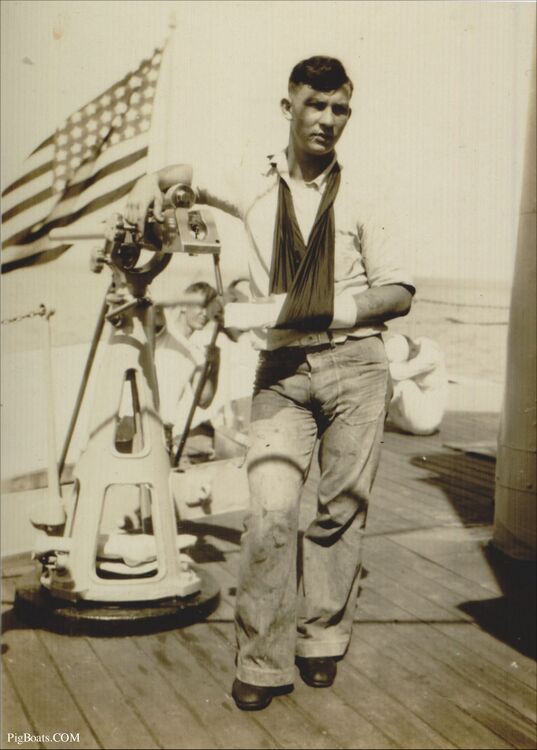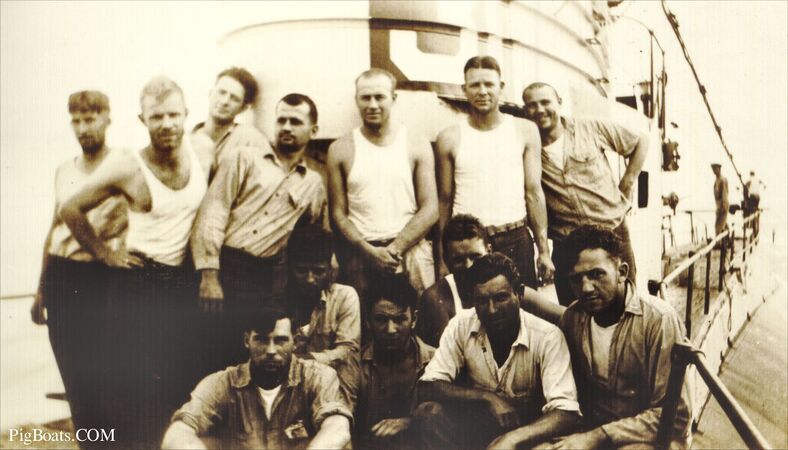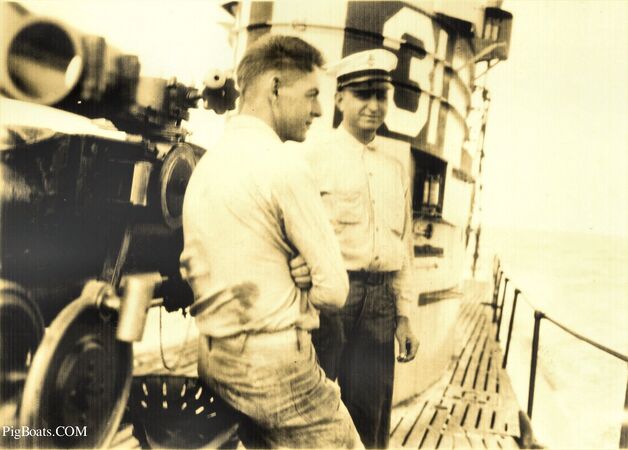S-31: Difference between revisions
No edit summary |
No edit summary |
||
| Line 9: | Line 9: | ||
[[File:S-31 Junk and S sub1.jpg|left|500px]] | [[File:S-31 Junk and S sub1.jpg|left|500px]] | ||
<div style="text-align: justify;"><span style="color:#00008B">Photo taken from the deck of the S-31 is shown here off the China coast, in the company of a local fishing junk. The submarine appears to be | <div style="text-align: justify;"><span style="color:#00008B">Photo taken from the deck of the S-31 is shown here off the China coast, in the company of a local fishing junk. The submarine in the left background appears to be a sister ship, the S-29. Identification is difficult due to the photos resolution and the submarines distance from the camera. The junks and fishing smacks were a constant companion to our submarines operating in the Asia theater. Sometimes they gathered in such numbers that they presented a hazard to safe navigation, especially at night. | ||
<small>Photo in the private collection of Ric Hedman</small> | <small>Photo in the private collection of Ric Hedman</small> | ||
Revision as of 02:44, 10 August 2023
Notes
We have turned up information that indicates that during S-31's service with the Asiatic Fleet, she collided with one of her sister boats while the other boat was submerged. Fortunately, the damage to both boats was relatively minor and no one was seriously injured, but S-31 had her propellers and stern diving planes damaged. This required repair in a drydock, which was most likely accomplished at Naval Station Subic Bay, P.I.

Photo in the private collection of Ric Hedman

Photo in the private collection of Ric Hedman

Photo in the private collection of Ric Hedman
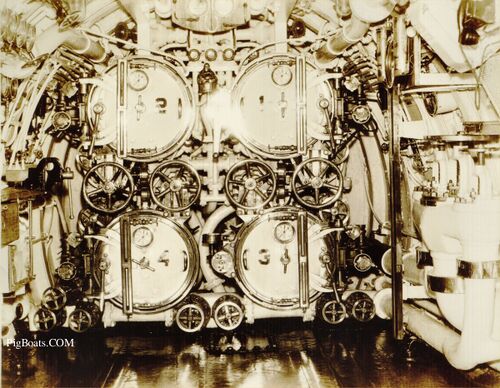
Photo in the private collection of Ric Hedman

Photo in the private collection of Ric Hedman

Photo in the private collection of Ric Hedman
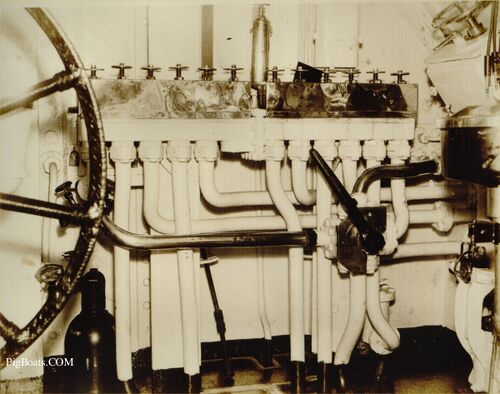
Photo in the private collection of Ric Hedman
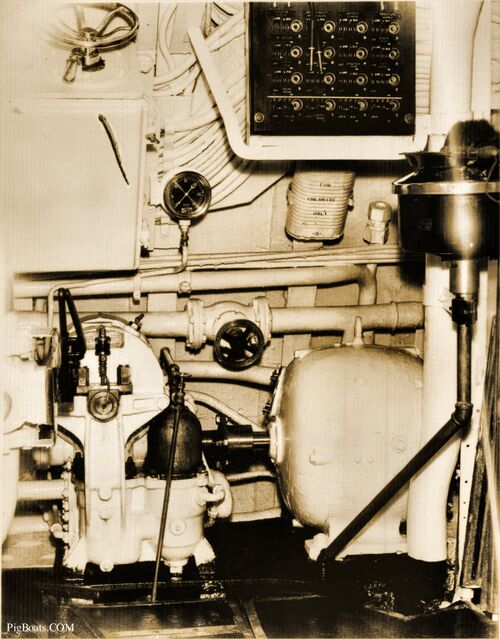
Photo in the private collection of Ric Hedman

Photo in the private collection of Ric Hedman
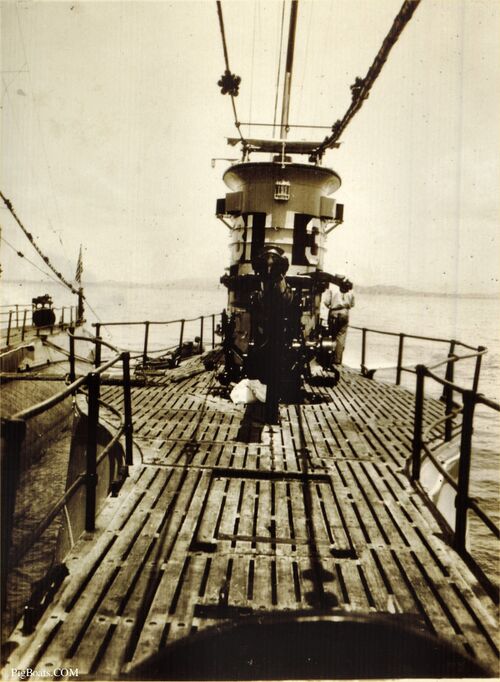
Photo in the private collection of Ric Hedman
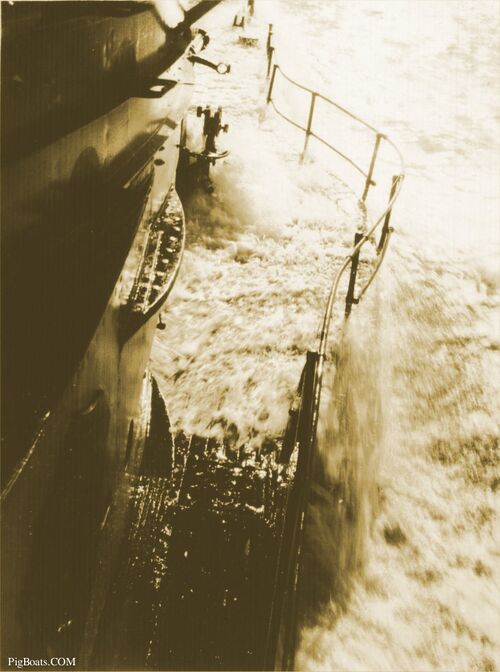
Photo in the private collection of Ric Hedman

Photo in the private collection of Ric Hedman
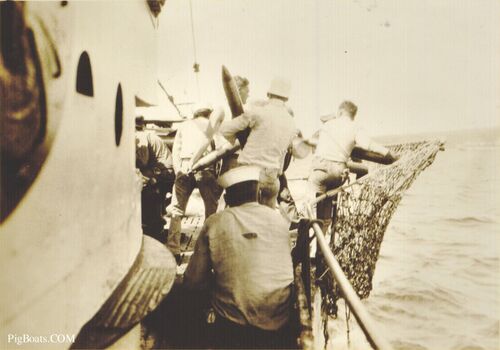
Photo in the private collection of Ric Hedman
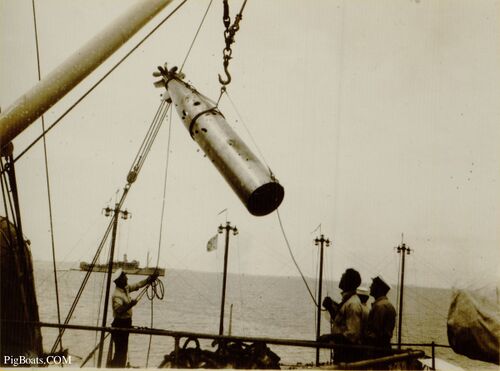
Photo in the private collection of Ric Hedman

Photo in the private collection of Ric Hedman
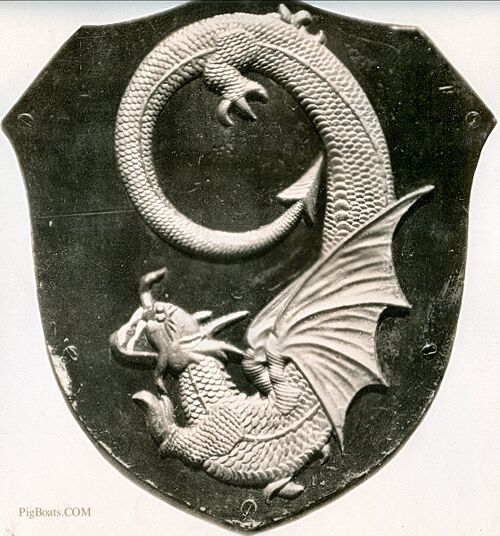
Photo in the private collection of Ric Hedman
Photos in the private collection of Ric Hedman
Photos in the private collection of Ric Hedman
Page created by:
Ric Hedman & David Johnston
1999 - 2023 - PigBoats.COM©
Mountlake Terrace, WA, Norfolk, VA
webmaster at pigboats dot com

